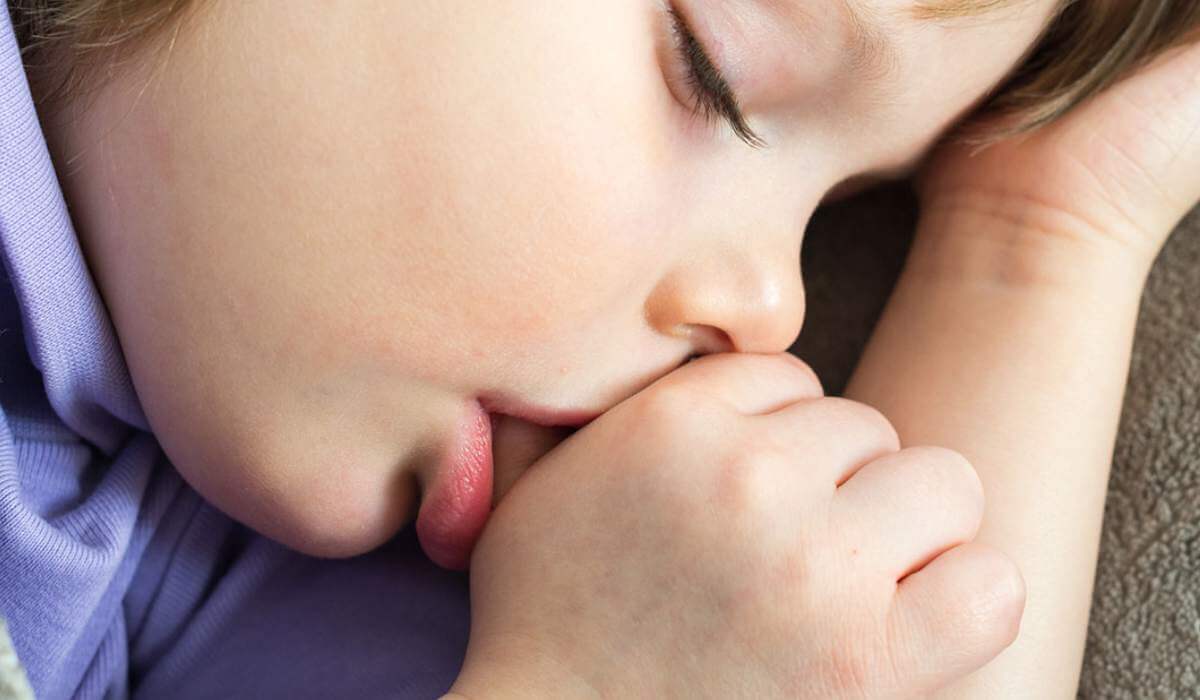
When your baby’s first tooth starts to make its debut, you will likely know. This milestone can be simultaneously exciting and worrisome if your baby experiences discomfort as the tooth breaks through the gums. And when your baby is uncomfortable, chances are you will be, too!
If your baby is teething, you can feel swollen places on their gums when you run your finger along the gum line. Normally, the first teeth to show up are the lower front teeth, and then the ones right above them. By the time your little one turns three, they will likely have all 20 of their primary teeth. Other signs that herald this momentous event include:
Teething Signs
– Crying & fussiness
– Drooling excessively
– Biting or gnawing incessantly
– Running a low-grade fever
– Refusing to feed
– Rubbing their ears
– Breaking out in a rash on the chin
– Waking up during the night
Typical Teething Timeline
Primary (baby) teeth can emerge anywhere from six to nine months. For others, it can start as early as three months or as late as 12 months, and they tend to show up in stages. Here is an approximate timeline:
6-10 Months: Lower Front Incisors
8-12 Months: Upper Front Incisors
9-13 Months: Upper Incisors Flanking the Central Incisors
10-16 Months: Lower Incisors to Balance the Upper and Lower Incisors
13-19 Months: Upper Molars
14-18 Months: Lower Molars
16-22 Months: Upper Canines
17-23 Months: Lower Canines
23-31 Months: Lower Second Molars
25-33 Months: Upper Second Molars
Helping Your Baby Feel Better
These are all signs that your baby’s teeth are pushing through the gums, and there are measures you can take to make this process easier on them (and you).
– Providing a chilled washcloth, water-filled teething ring or pacifier can provide gum relief (keep these cooled, not frozen).
– Offering cooling foods like applesauce, peaches, or bananas or a bottle with chilled water.
– Occasionally apply infant analgesic gel on your baby’s gums.
– Administering baby Tylenol at bedtime can relieve fever and give them a better night’s rest.
– Keep their chin and mouth dry or dab on some lotion for a rash.
These symptoms can generally show up around four days before you can see the tooth coming through the gums and can linger for around three days after as it presses completely through the sensitive gum tissue.
When your child’s baby teeth come in, they will help them smile, chew, and develop their speech properly! Be sure to bring your child in for their first pediatric dental visit after their first tooth emerges, or by their first birthday. It will allow our dentist to make sure their mouth is developing as it should for a healthy smile. We are happy to help you take good care of your baby’s smile, and invite you to give us a call today to learn more!


